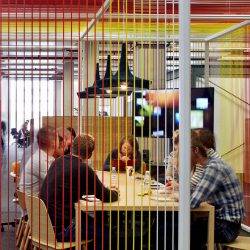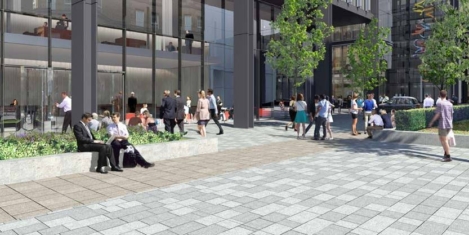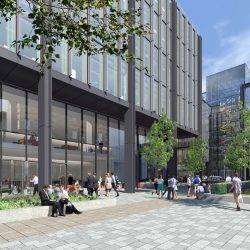January 17, 2017
Brexit is resulting in a decline in interest among potential recruits from EU 0
 There’s been some concerns among employers on the long term implications to recruitment on the UK’s decision to leave the EU and now a new report suggests that it is among the job sectors where demand for EU workers to fulfill UK jobs is highest where there is the largest immediate dip in interest. The digital research looked at volumes of online searches within different sectors and countries, and the opinions and intent indicators of people investigating a move to the UK. The results reveal that interest in UK jobs for male dominated employment sectors continues to rise, for example in Poland a 22 percent increase in interest in construction jobs can be seen. In contrast, while there has been no obvious decrease in the number of jobs being advertised within the EU by UK employers, the level of interest in employment sectors that tend to attract couples and families are experiencing a decline.
There’s been some concerns among employers on the long term implications to recruitment on the UK’s decision to leave the EU and now a new report suggests that it is among the job sectors where demand for EU workers to fulfill UK jobs is highest where there is the largest immediate dip in interest. The digital research looked at volumes of online searches within different sectors and countries, and the opinions and intent indicators of people investigating a move to the UK. The results reveal that interest in UK jobs for male dominated employment sectors continues to rise, for example in Poland a 22 percent increase in interest in construction jobs can be seen. In contrast, while there has been no obvious decrease in the number of jobs being advertised within the EU by UK employers, the level of interest in employment sectors that tend to attract couples and families are experiencing a decline.
































